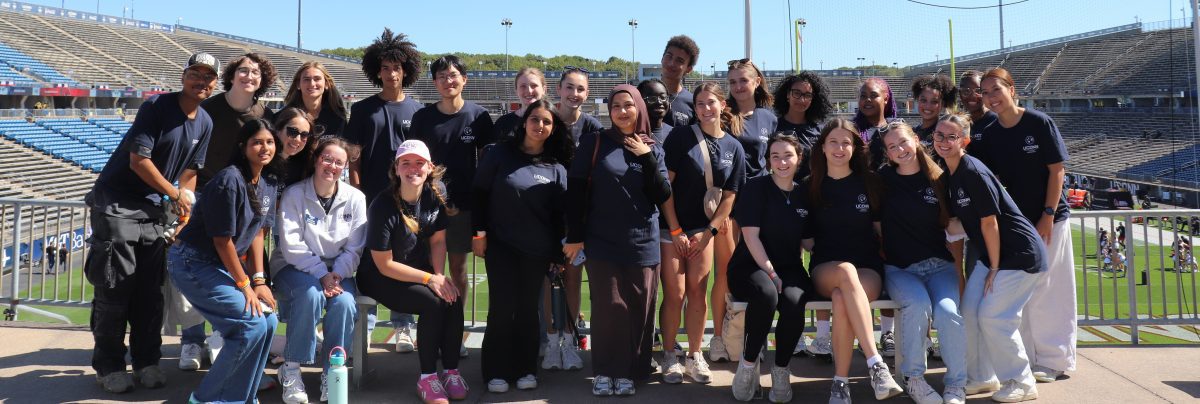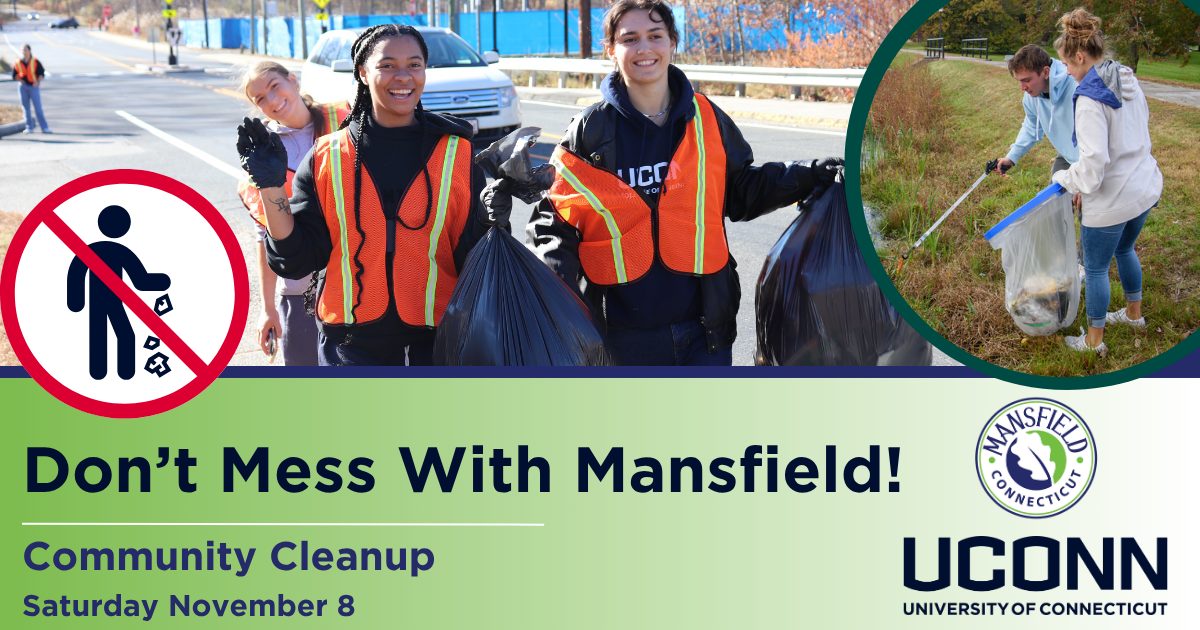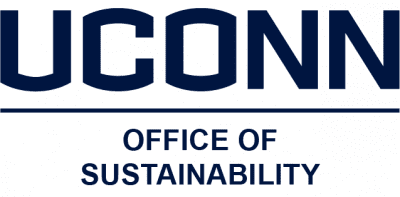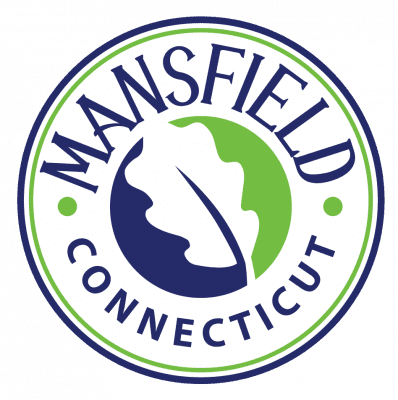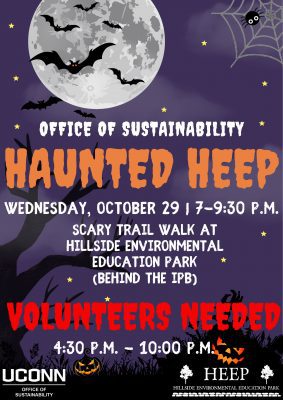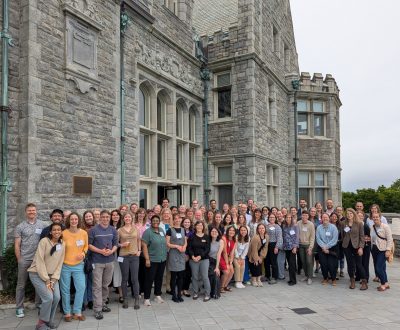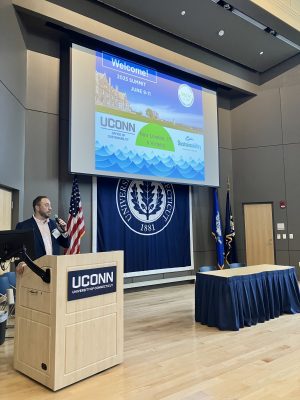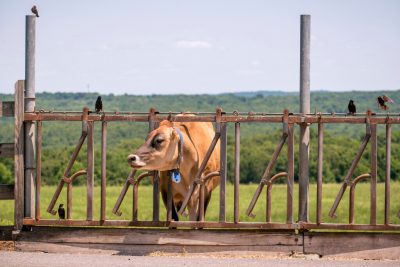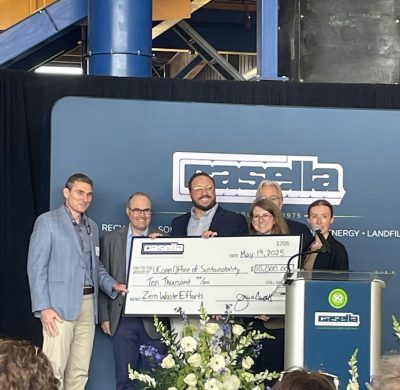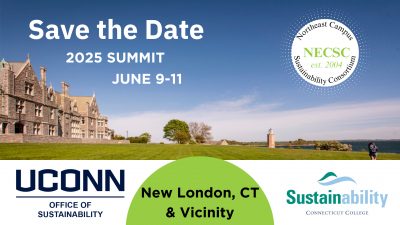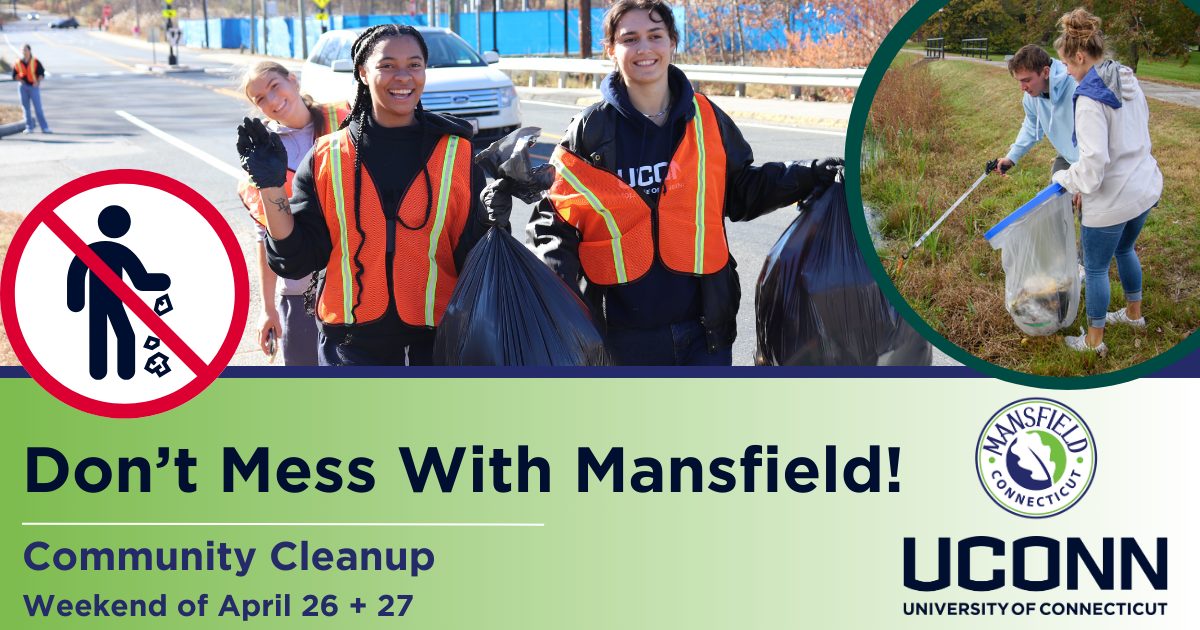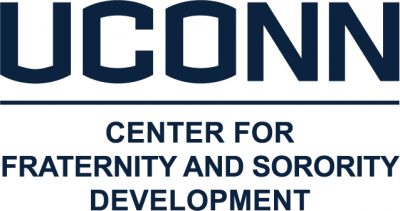This story was written by two of our undergraduate student interns: Kate Larson and Emma Dutil
Have you ever read sustainability reports that rank universities on their environmental efforts? Have you heard of Green Metric or UConn’s EcoMadness competition? Did you ever wonder who is behind the data collection and statistics? Here at UConn, our students play a pivotal role in sustainability data collection.
The UConn Office of Sustainability is the leader of many sustainability initiatives on campus and offers a unique opportunity for students to involve themselves in university-wide sustainability data collection and tracking. Undergraduate students pursuing a variety of degrees take part in collecting and organizing sustainability metrics across UConn’s campus. We went out and talked to some of those students to find out what work they’ve done this fall and why it matters to the UConn community.
Claire Lawerence, a senior Sustainability Intern, spearheads the data collection for AASHE STARS and UI GreenMetric at the Office of Sustainability. She describes Green Metric as “a university-wide assessment of sustainability based on multiple avenues of campus. This includes Setting & Infrastructure, Energy & Climate Change, Waste, Water, Transportation, and Education & Research.”
When asked about her passion for data collection, Claire noted, “as a data analytics and public policy major, I am passionate about how data backs policy solutions. Without data analytics, we wouldn’t know where we are excelling, and where we need improvement.”
The Office of Sustainability also conducts EcoMadness each year, a month-long competition between UConn’s residence halls. Students in each hall compete to improve their recycling compliance and conserve the most energy and water. Sustainability data collected during the month is analyzed by Office of Sustainability interns, and after four weeks, the most sustainable residence hall wins the competition!
Sustainability Outreach Interns (SOI) collect the recycling compliance data for each of the residence halls. One intern, Anna Dinkel, described via email this process of auditing trash bins: “I look for contaminants, such as non-recyclables in the recycling or recyclables in the trash [and] I note what types of contaminants I see so that the Office of Sustainability can identify common mistakes residents are making.” To help her residence hall out, Dinkel shares that she has “created an approachable recycling guideline flyer that is posted in all of the trash rooms to reduce confusion about proper disposal.”
SOIs work hard to engage with residents and provide sustainability education in residence halls. Intern Maya Bullied said in an email, “it is encouraging when the data shows progress.” She emphasized that EcoMadness results provide a way to observe the direct impact of the Office of Sustainability’s efforts.
Kate Larson, a Sustainability Intern at the Office of Sustainability, takes part in analyzing the EcoMadness data collected each week by SOIs. When asked about this process, she shared: “It’s amazing to see data from all across the university come together; from this project I’ve learned a lot about how to analyze large amounts of data and share it in a digestible form.”
These examples highlight two of many data-driven sustainability initiatives that take place at UConn during the fall term. Whether it’s around campus or in the office, student interns at the Office of Sustainability help collect and analyze sustainability statistics, contributing to a larger process that helps quantify the university’s sustainability goals. If you’re interested in these opportunities and/or want to learn more about data collection at the university, visit the Office of Sustainability website!
